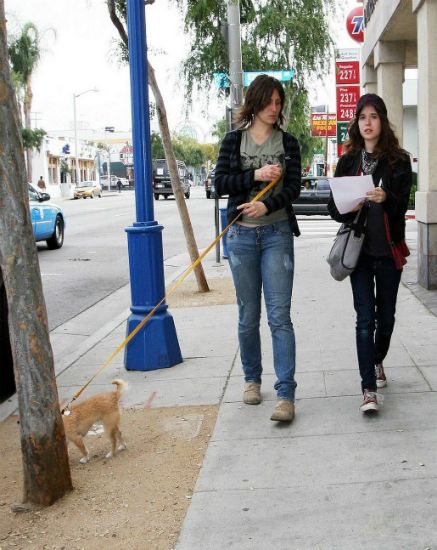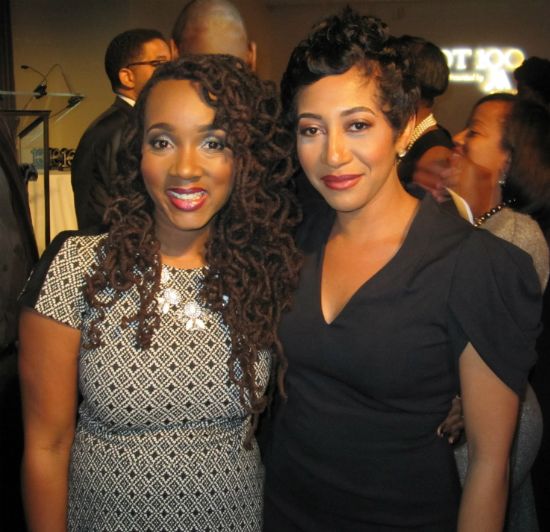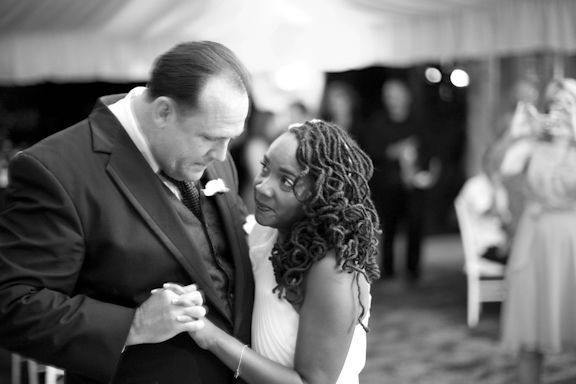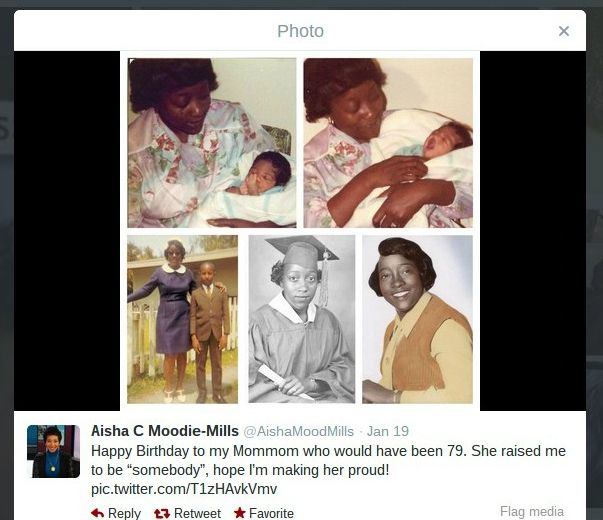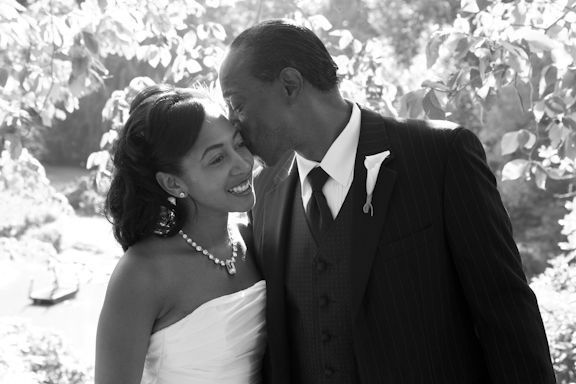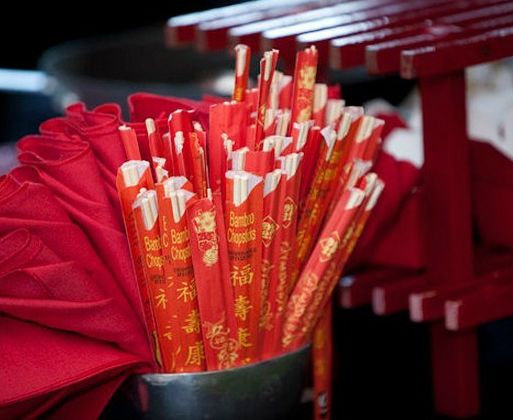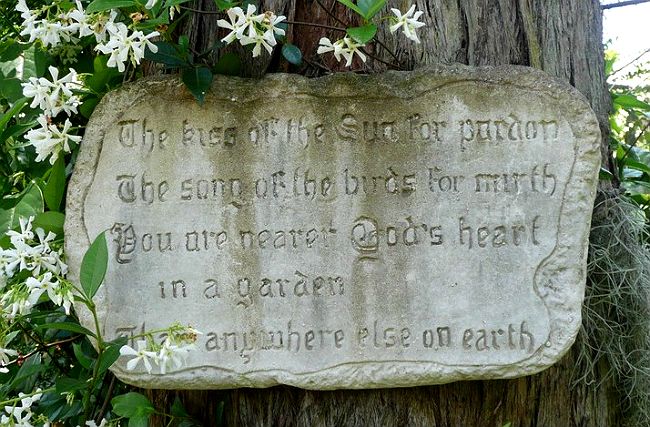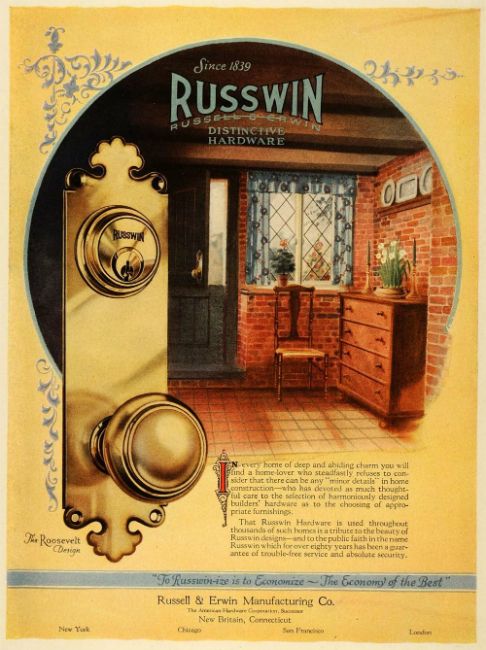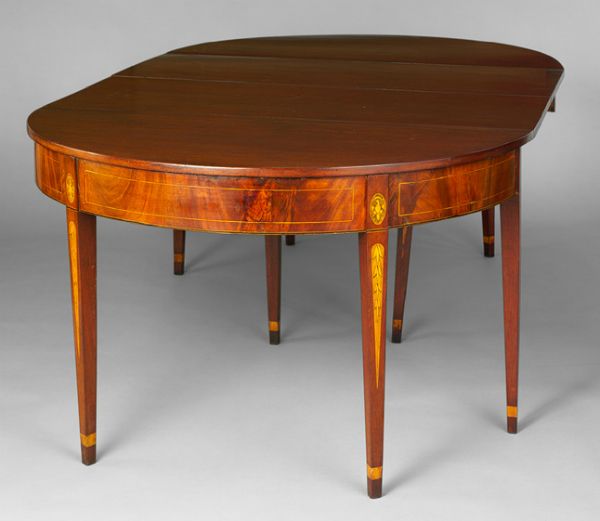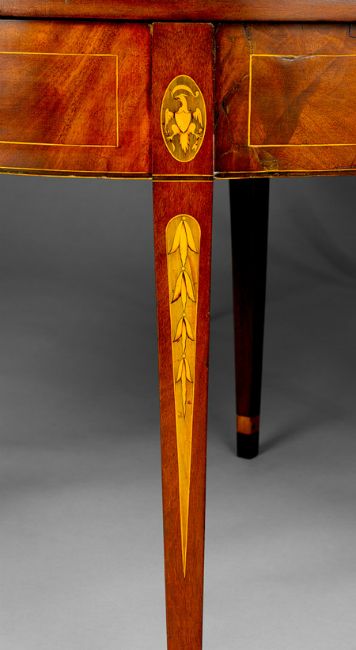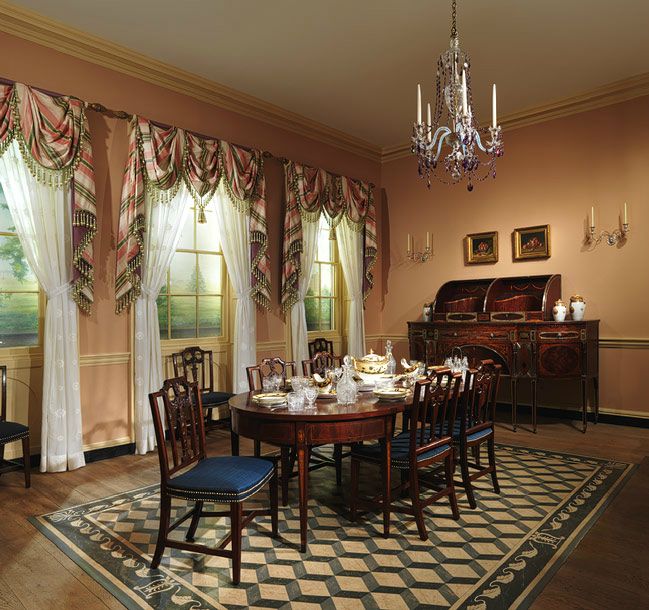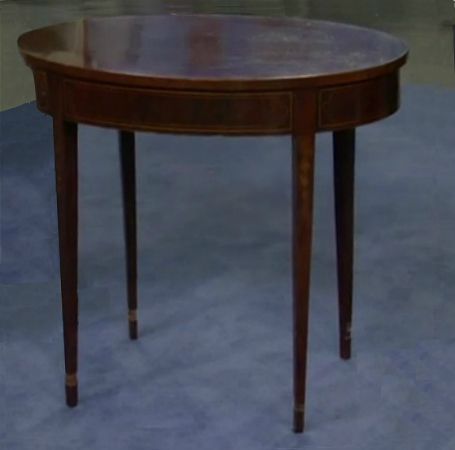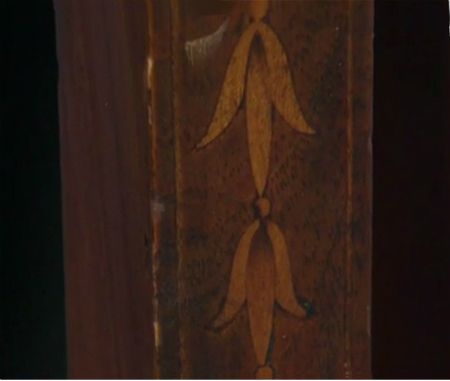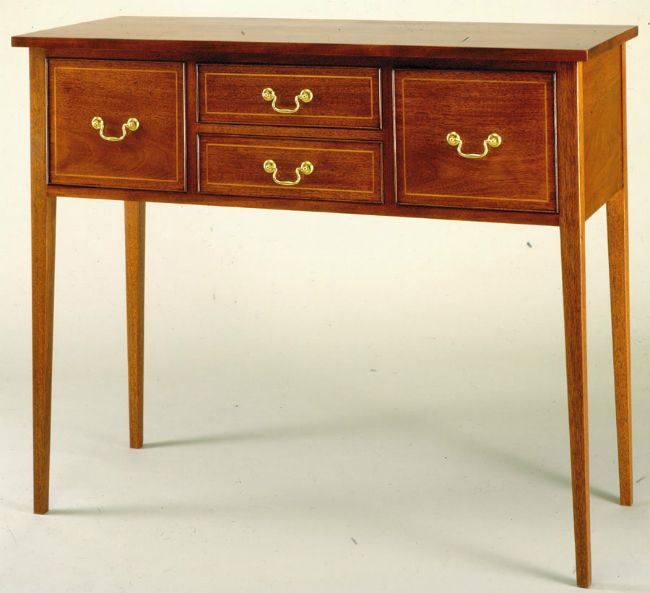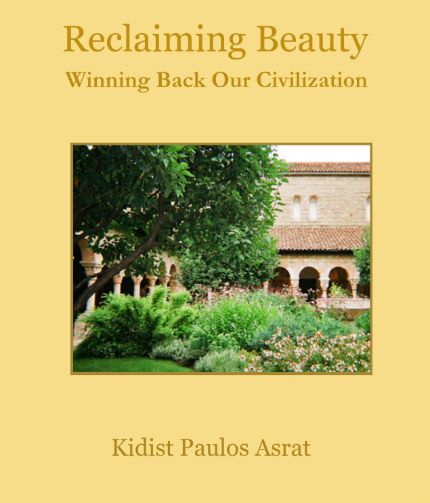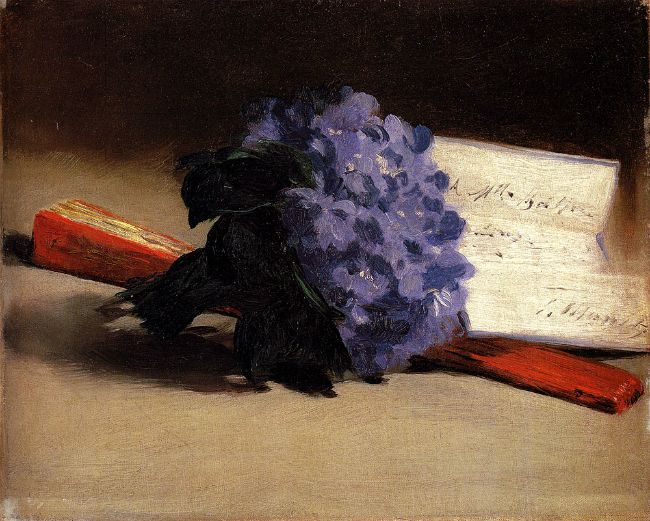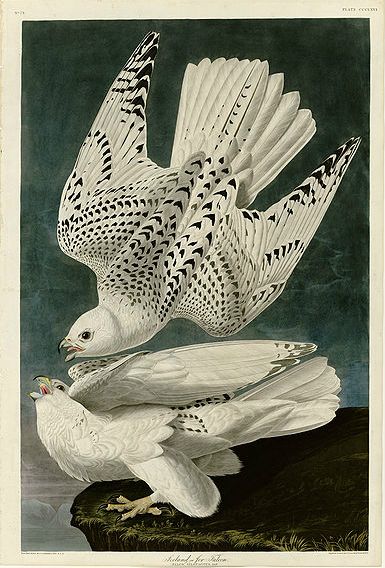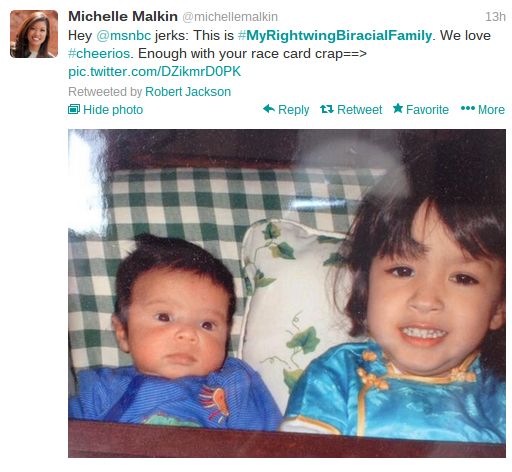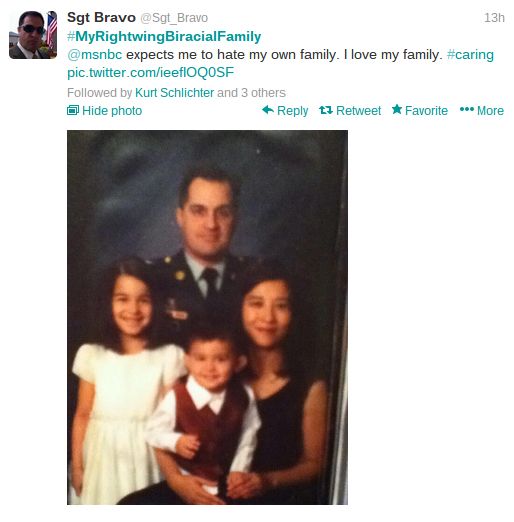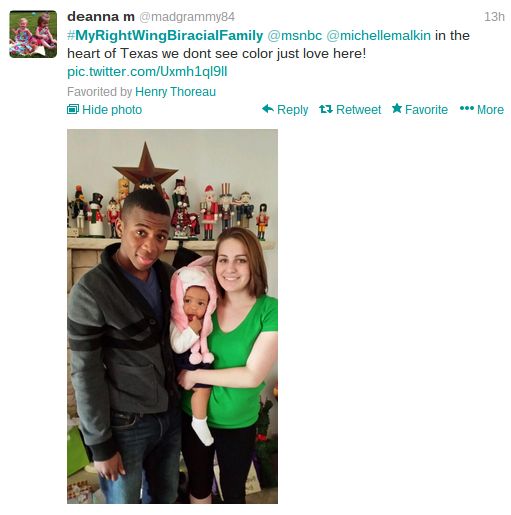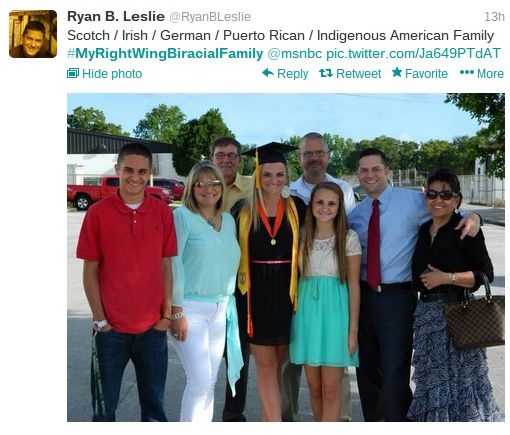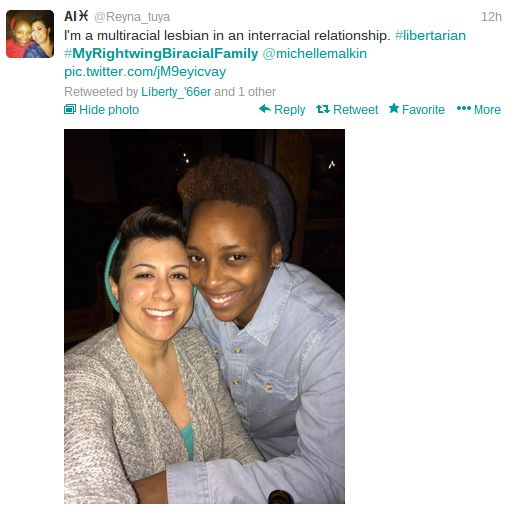
Mural of St. Michael's profile on the front wall
of St. Michael's Hospital in Toronto

Sculpture of St. Michael
in the front lobby of St. Michael's Hospital.
St. Michael is slaying Satan,
with his finger pointed up at God.

[Above photos by KPA: 2014]
Above are photos I took of St. Michael's hospital, and more specifically, the mural of the angel's profile, and the sculpture in the lobby.
Here is the background to the sculpture:
For almost a century the statue of Saint Michael the Archangel has graced St. Michael's as a symbol of hope for employees, patients and their families. The artist and date of creation of the statue are unknown, but the name of 'Pietrasanta' chiselled on the back of the statue indicates the stone is from the same quarry in Italy where Michelangelo procured the marble for his famous 'Pieta'.
How the statue made its way to Canada is unclear, but what we do know is that during the latter part of the 19th century the Sisters of St. Joseph found this statue, dirty and blackened, in a second-hand store on Queen Street. Recognizing its value, they wisely bought it for the sum of $49 - money they had accumulated from the sale of old newspapers.
The statue now stands in our Cardinal Carter lobby, meticulously restored, a symbol of hope and healing for all who visit. It is why St. Michael's is affectionately known as Toronto's Urban Angel.
[Source: St. Michael Hospital's website]

Key chain I received from the St. Michael's foundation,
after I gave a very modest contribution.
(Here is the foundation's webpage for online contributions).
I had taken photographs of a side street entrance to the hospital at Bond Street several years ago. St. Michael is the sculpture above the entrance door. The sculpture was designed by Frances Loring.

St. Michael's entrance on Bond Street
The sculpture above the doorway is stiffer
than the life-like sculpture in the lobby

Archway above Bond Street entrance
[Above photos by KPA: 2012]
Here's the hospital's history at its website:
In 1892, in an old Baptist church on Bond Street, the Sisters of St. Joseph operated Notre Dame des Anges, a boarding house for working women. Responding to the need to care for their own and the poor population in the south end of Toronto, the Sisters founded St. Michael's Hospital.I have criticized the hospital's latest wing, completed in 2011, and its funding source here. But, the St. Michael's Hospital legacy is long and sustained. There is Saint Michael's Cathedral, and St. Michael's Choir School for boys, both in the vicinity of the hospital (more here), giving it moral support.
The hospital opened its doors with a bed capacity of 26 and a staff of six doctors and four graduate nurses. Within a year, accommodation was increased to include two large wards and an emergency department. By 1912, bed capacity reached 300, and a five-room operating suite was added.
As early as 1894, St. Michael's Hospital received medical students and, in 1920, negotiated a formal agreement with the faculty of medicine at the University of Toronto that continues to this day.
Between 1892 and 1974, St. Michael's school of nursing graduated 81 classes, totalling 5,177 graduates. The school was closed in 1974 when nursing education was moved into the province's community college system. Later, the hospital opened a school for medical record librarians, the first in Canada, and also participated in the preparation of dietitians and X-ray and laboratory technologists.
As Toronto grew and expanded, so did the hospital. Ongoing physical expansion, most prominent in the 1960s, increased the original 26 bed facility to a high of 900 beds.

St. Michael's as it appeared in 1892 - the year of its founding.
[Image Source: St. Michael's Hospital Archives]
The plaque at the Bond Street entrance:

[Image Source:Toronto's Historical Plaques]
There were three architects involved in the original design of the hospital (more detailed biographies here - pdf file):
- Albert Asa Post (1850-1926):
Albert Post was born in Pickering, Ontario, and attended St. Michael's College in Toronto before entering an apprenticeship with Henry Langley...In 1879, Post opened his own practice in Whitby, Ont. before joining A. W. Holmes to form Post & Holmes in Toronto.
- James Patrick Hynes (1868-1953)
James Hynes was a Toronto-born architect...He was president of the Royal Architectural Institute of Canada, The Ontario Association of Architects, The Architectural League of America, and The Town Planning Association of Ontario. He was a fellow of the Royal Architectural Institute of Canada, president of the Ontario Association of Architects, and writer for the Canadian Homes and Gardens magazine.
- William Lyon Somerville (1886- 1965)
Willima Somerville, born in Hamilton, and responsible for designing McMaster University, practiced in New York before opening an office on Bay Street in 1919.
These architects continued to expand and renovate the hospital into the late 1960s. The original design and aesthetics of the building were never compromised, and the new additions fitted seamlessly with the original building.
The addition of the newest wing, completed in 2011, is an eye-sore. Glass, the preferred style of post-modernist architects, is the main material. Carefully patterned brick and delicately carved stone are substituted by relentless sheets of blank glass. Glass doesn't leave much for ornament, and instead exposes messy interiors, or to avoid that, empty interiors:

Li Ka Shing Knowlege Institute's empty interior, exposed by the sheets of glass.
Rather than fill the area with objects, both ornamental and functional,
it is left empty. This is a deliberate strategy, both for safety reasons
(exposing antique cabinets for all to see?), and for aesthetic reasons,
since the over-exposing glass will accentuate and magnify any object,
thus visually confusing the space.
With this new addition, the hospital's original aesthetic and design is destroyed.
[Image source: Diamond Schmitt Architects]
The stark contrast of this post-modern structure with the rest of the building might alert people, patients, doctors, donors and other city folk, that this new addition is a mistake. And since the hospital is still undergoing renovations, future projects can still reclaim the beauty and dignity of the original ideas.

St. Michael's Foundation webpage for online contributions.
------------------------------------------------------------------------------------------------------------------------------------------------------------
Posted By: Kidist P. Asrat
------------------------------------------------------------------------------------------------------------------------------------------------------------



